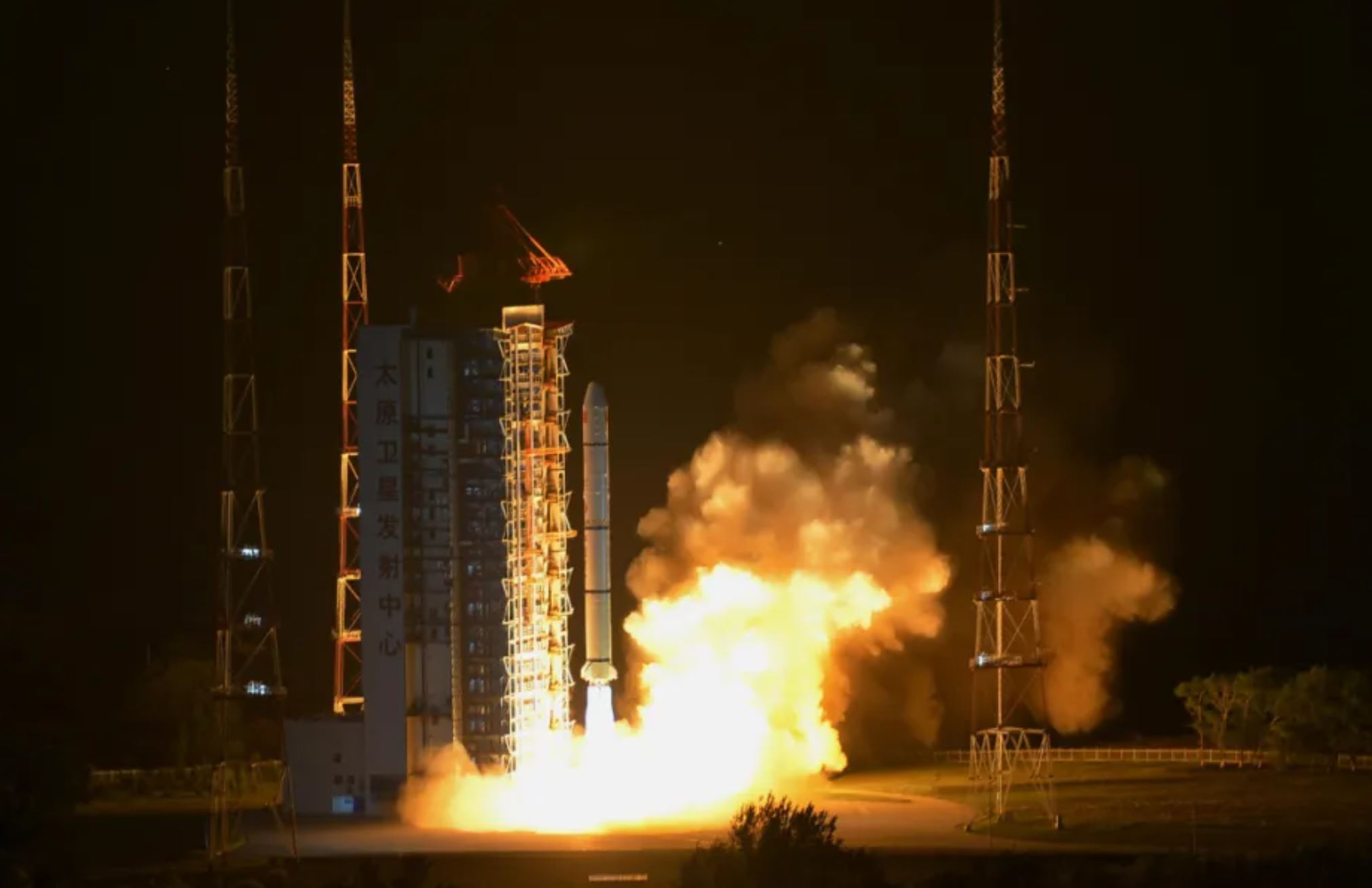HELSINKI — China is to construct new ground station facilities to its Zhongshan research base in Antarctica to support satellite data acquisition.
Official space industry newspaper China Space News reported Feb. 2 that a subsidiary of the China Aerospace Science and Industry Corporation (CASIC), a giant state-owned defense and space contractor, won a bid to construct a ocean observation satellite ground system.
The project is being overseen by the National Satellite Ocean Application Service (NSOAS) and is stated to be part of a long-term marine economic development plan.
Renders of the 43.95 million yuan ($6.52 million) project show four radome-covered antennas at Zhongshan in East Antarctica. It is unknown if these are new and additional to antennas already established at the base.
The antennas will assist data acquisition from Chinese satellites that orbit in polar and near-polar orbits. Satellites in these orbits are visible near the poles multiple times a day, allowing more frequent opportunities for downlink than with stations at lower latitudes.
China has already launched eight Haiyang series ocean observation satellites into sun-synchronous orbits between 2002 and 2021, and plans more in the coming years. The first new-generation Haiyang-3 satellite is scheduled for launch this year, according the China’s main space contractor, CASC.
The spread of Chinese ground stations internationally has led to concerns, particularly over construction in South America. That network, while having clear civilian uses, could be used to spy on, monitor and potentially even target U.S. and other nations’ spacecraft, according to an October 2022 report from the Center for Strategic and International Studies.
The new planned construction at Zhongshang station, at 69 degrees south, could fuel concerns that China would be able to receive remote sensing, weather, surveillance and other data that could be used for military purposes faster than previously.
Other countries with research stations in Antarctica also have ground stations, including the U.S. and Japan, while commercial ground stations have also been established.
Ground stations are key infrastructure required to operate spacecraft, facilitating the exchange of data and commands. Their importance means they are likely to be another area of contest for opposing space powers.
Geopolitical and geographical barriers mean Chinese access to ground station support is at times limited. The Sweden Space Corporation (SSC) stated in 2020 that it would no longer renew contracts to assist China with its ground stations.
China’s launch rate has risen dramatically over recent years, increasing China’s need for ground station support infrastructure. The country conducted 19 orbital launches in 2015, but last year attempted 64 launches, sending more than 180 satellites into orbit. This year CASC alone plans more than 60 launches carrying over 200 spacecraft.
China frequently uses “Yuanwang” tracking ships to support rocket launches. The European Space Agency has previously assisted major lunar and deep space expiration missions with its ground stations. Chinese commercial space firms such Emposat have begun offering services, with facilities in across China and international stations in France, Azerbaijan, South America, Africa, South East Asia and Samoa.
